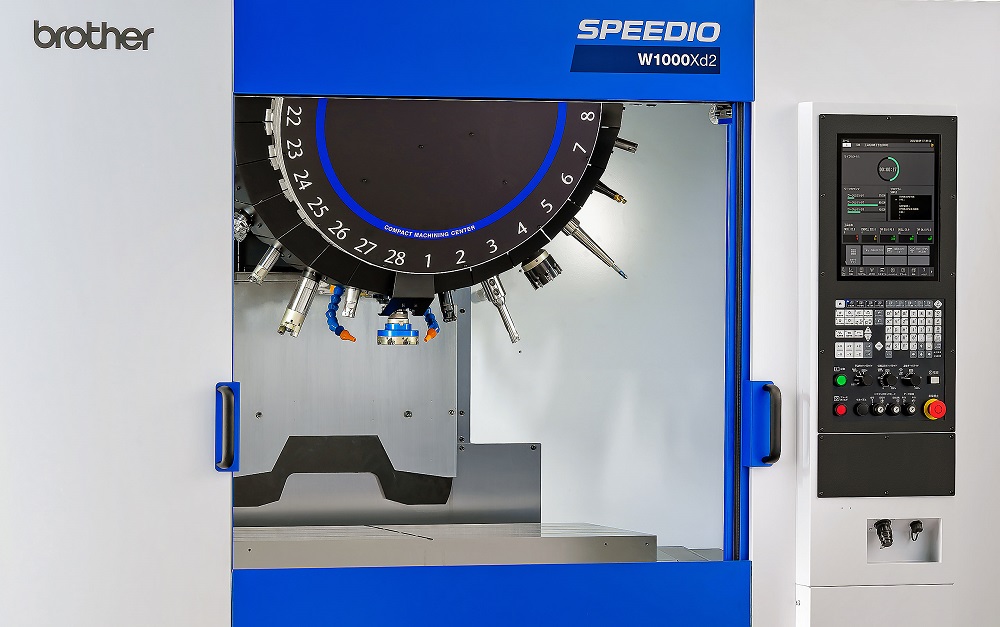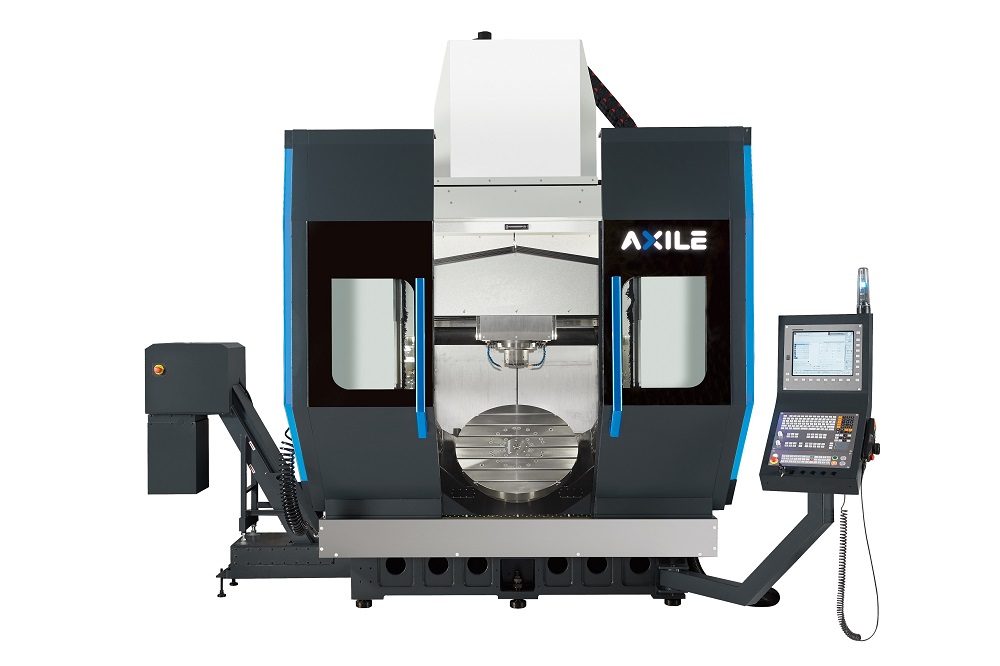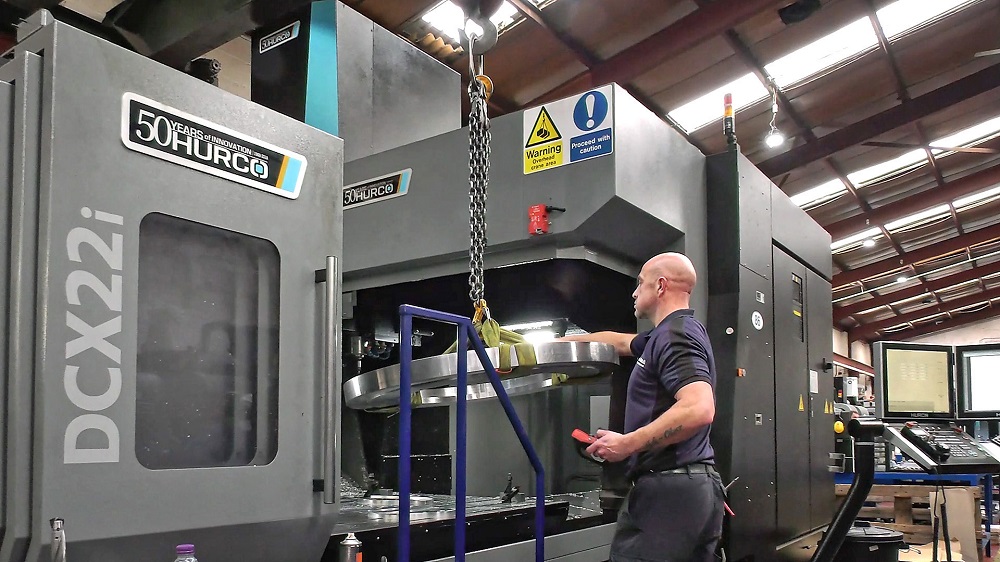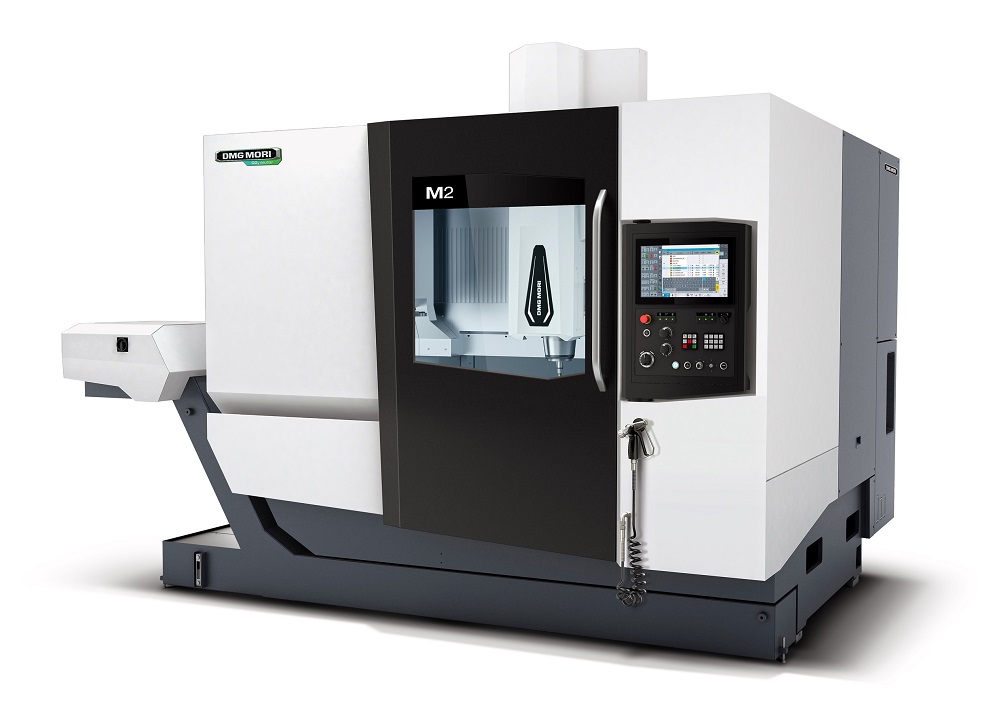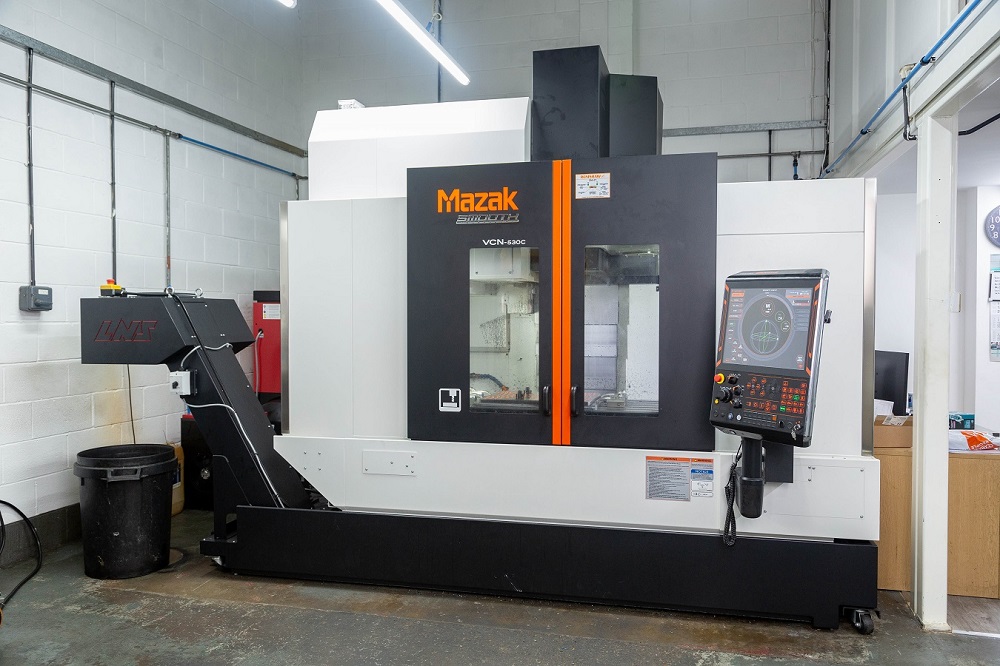Brother, the Japanese 30-taper machining centre manufacturer, has had a machine in its portfolio with a 1 m Xaxis for nearly a decade. The third iteration of this model sees the specification uprated in several key areas to boost capacity and versatility. Sole sales and service agent in Britain and Ireland is Whitehouse Machine Tools.
Now called Speedio W1000Xd2, the machine is the largest on the market in the 30-taper category. The extension of Z axis travel from 300 to 380 mm, together with a new option of a 250 mm column extension, means that users may place a much larger component under the spindle. If rotated in a trunnion, the swing diameter increases to 540 mm, and if fixtured directly on the table, maximum weight is 500 kg.
A benefit of having 1000 mm travel in the X axis is that users can machine either long components, or else a pair of smaller parts side by side. In the latter case, if they are undergoing Op 10 and Op 20, one comes off completely machined every time the doors open. Alternatively, machine shops may place multiple small parts under the spindle for many hours of uninterrupted production.Typical applications include battery control boxes, chassis components or instrument panels for electric vehicles. Other target markets are the semiconductor and mould making sectors.
Users processing tool steels will benefit from the introduction of a 10,000 rpm/26.2 kW/92 Nm high-torque spindle option in place of the standard 12,000 rpm offering. Another option is a 16,000 rpm face-and-taper contact spindle. Through-coolant at 30 bar is standard,while70 bar is available on request.
For further information www.wmtcnc.com






